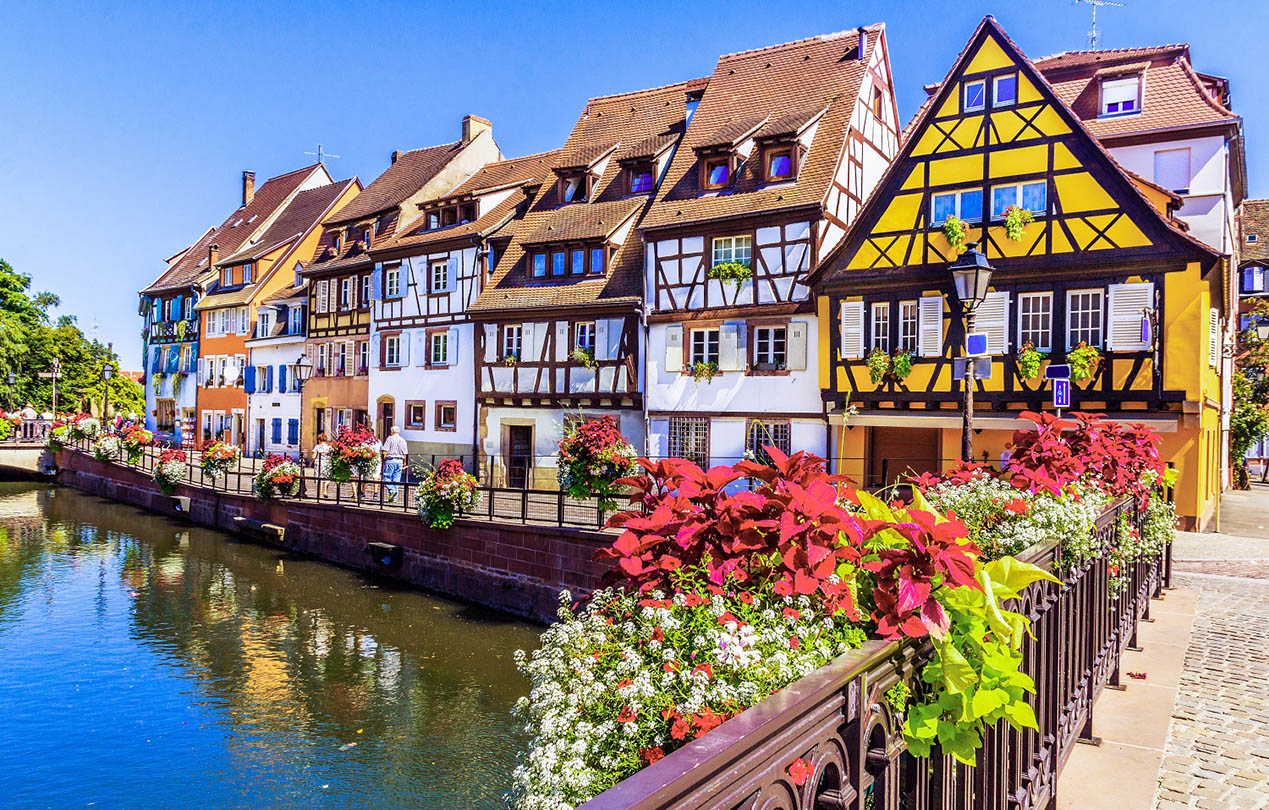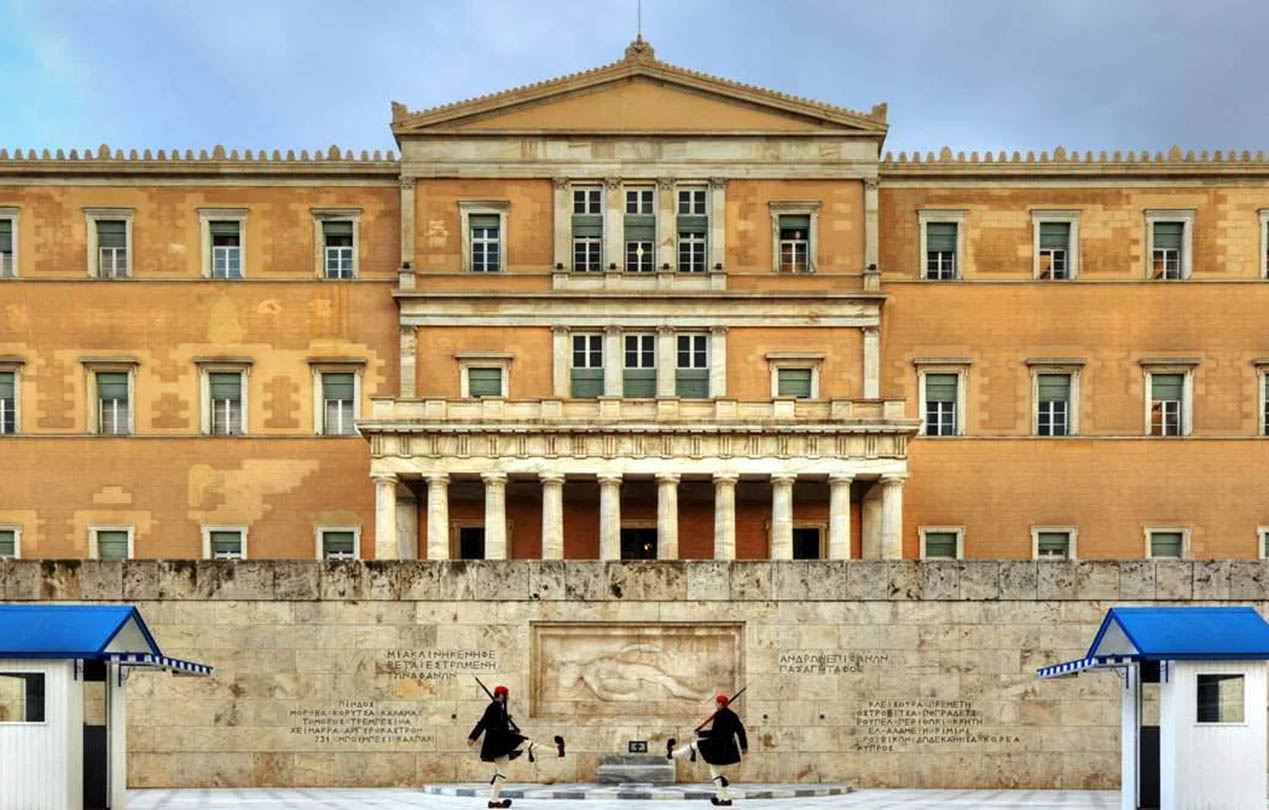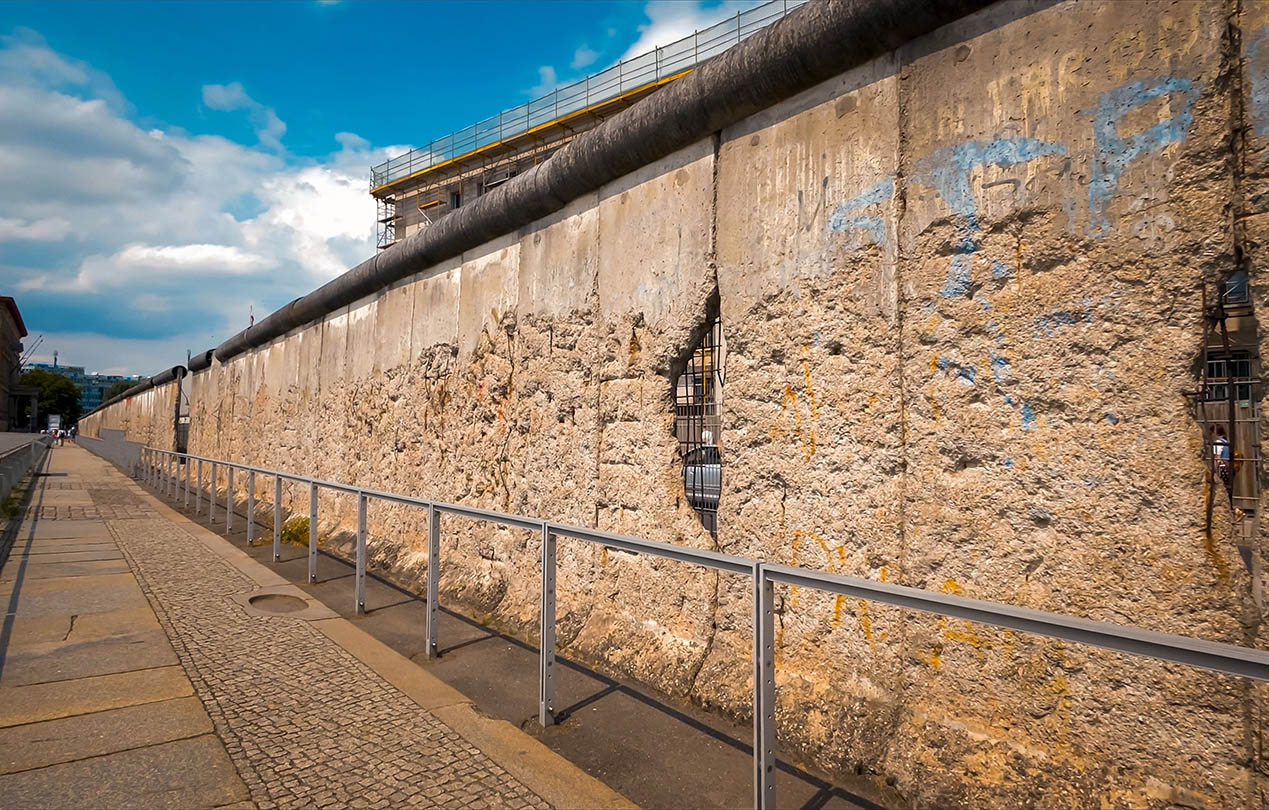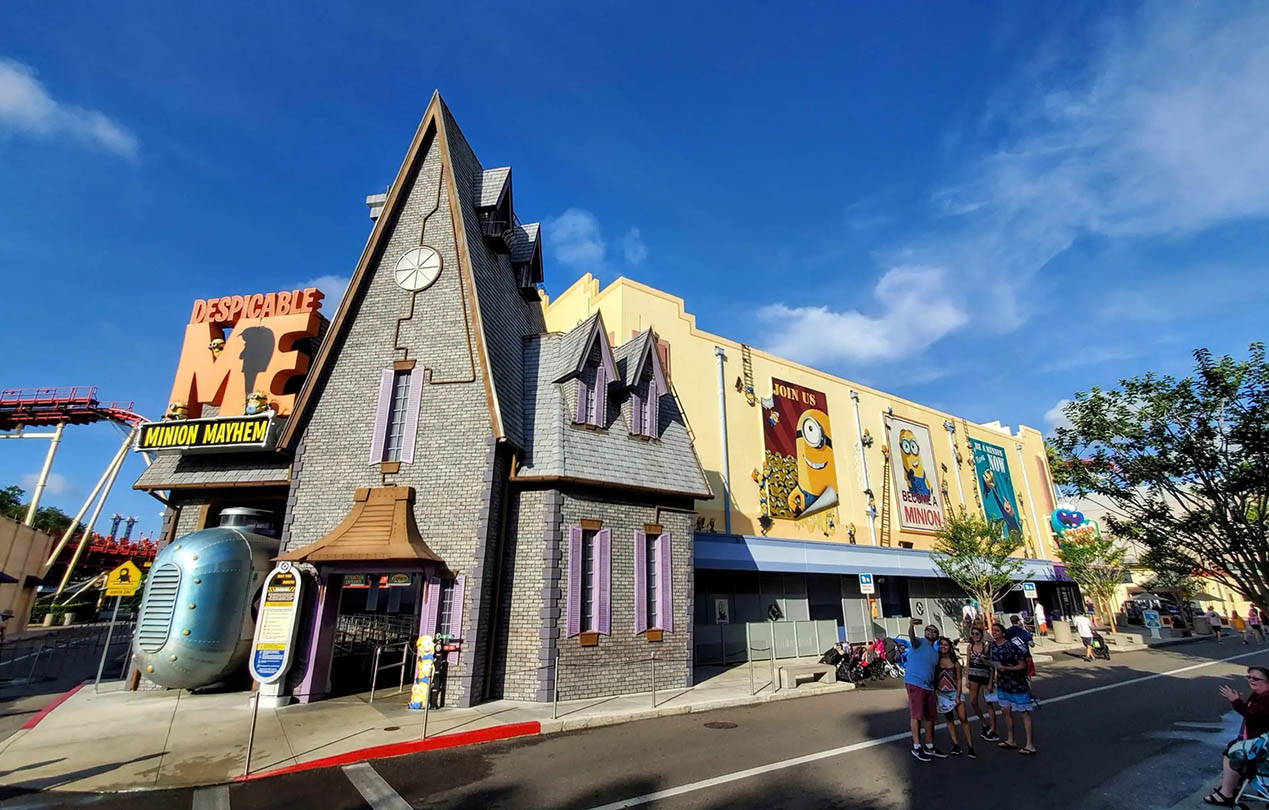Are you seeking an ideal destination for a wonderful vacation? Why not choose Alsace? Each year, nearly 15 million tourists visit this destination. If this region in eastern France attracts so many visitors, it’s because it boasts numerous natural and historical landmarks. Traveling to Alsace means discovering an exceptional land, a unique history, ancient traditions, and a crossroads of Europe. To help you plan your trip to Alsace effectively, we offer this handy guide.
Alsace, a European Crossroads
Alsace is a region located in northeastern France, between Switzerland and Germany. Due to its geographical location, it is considered the crossroads of Europe.
It serves as a center for economy, trade, and culture. For example, its capital, Strasbourg, hosts the seat of the European Parliament, earning it the nickname “Capital of Europe.”
Alsace, One Region, Two Cultures
It’s hard to separate Alsatian culture from its history. Alsace has long been contested between France and Germany. As a result, its inhabitants were influenced by both countries for many years.
Due to this mix of cultures, Alsatian German remains the most spoken language, despite Alsace being part of France. Additionally, street names are often displayed in both French and Alsatian. Not to mention the presence of many German buildings in the cities.
Description of Alsace
Area: 8,280 km²
Population: 1,900,000 inhabitants
Capital: Strasbourg
Major cities: Strasbourg, Mulhouse, Colmar, Haguenau, Schiltigheim, Saint-Louis
Official languages: Alsatian German and French
Currency: Euro (€)
Why Travel to Alsace?
Alsace and Its Rich Cultural Heritage
Alsace is home to numerous medieval castles that immerse you in the Middle Ages. The most famous among them is the Haut-Koenigsbourg Castle, located in the Vosges mountains at an altitude of 757 meters.
Additionally, if you visit the Alsatian capital, don’t miss the opportunity to visit the magnificent Strasbourg Cathedral, one of the tallest cathedrals in the world. Also among the region’s main attractions are its beautiful villages with colorful houses and winding streets.
Alsace and Its Wine Route
Traveling to Alsace also means exploring the Alsace Wine Route, one of the most important wine heritages in the country. It’s primarily a place for discovery, pleasure, and meeting locals. During your stay in Alsace, you can enjoy wine tastings offered by the locals at any time.
Some of the most famous grape varieties along the Alsace Wine Route include Gewurztraminer, Pinot Blanc/Noir, Sylvaner, and Riesling.
Activities and Points of Interest in Alsace
There’s no shortage of activities in Alsace. The region offers a wide range of places and activities for the whole family.
Colmar
Voted the third best destination in Europe in 2018, Colmar is a must-visit city in Alsace. Located in the French department of Haut-Rhin, it’s 24 km from Germany and 64 km from Switzerland. When you visit Colmar, be sure to explore the famous area known as “Little Venice,” named for the canals of the Lauch River that give it the appearance of Venice, Italy.
In addition to visiting Little Venice by boat, other places await you in Colmar:
The Unterlinden Museum, one of the most visited provincial fine arts museums. It displays artworks ranging from antiquity to modern times. Other museums worth visiting in Colmar include the Bartholdi Museum, dedicated to the father of the Statue of Liberty and the Lion of Belfort;
Half-timbered streets, perfect for walks starting from the fishmongers’ quay in Little Venice. The route allows you to admire the iconic buildings of Colmar, the magnificent Rue des Marchands, and the Pfister House.
Riquewihr
Riquewihr is one of the famous villages of Alsace, nestled in the heart of the wine route. One of its highlights is its impressive charm surrounded by vineyards. Among the sights to see in the wine village of Riquewihr are:
The General de Gaulle Street: a walk from the Town Hall to the Dolder allows you to admire the magnificent houses along the street;
The Dolder, an old belfry built in 1291. At 25 meters high, it’s easily recognizable when you’re in the town;
The Wurtemberg Castle, housing the postal museum.

Hunawihr
Located 17 km from Colmar, Hunawihr is a small village between Ribeauvillé and Riquewihr. What sets it apart is its fortified church, one of the region’s jewels. It also makes for a beautiful visit with its vineyard estates and village houses. Must-visit places in this area include:
Saint Jacques le Majeur Church, built between the 14th and 16th centuries. It is surrounded by ramparts with the Hunawihr cemetery;
Hunawihr village: after visiting the place, you can stroll through the vineyard paths and descend into the village for a beautiful view of the church.
Alsace’s Castles
If you’re a medieval enthusiast, Alsace’s numerous castles will make your trip unique and unforgettable.
While it may seem impossible to visit them all (there are over 30), you can still see the most famous ones, such as:
Fleckenstein Castle, located in Lembach, Bas-Rhin. The historic monument in pink sandstone from the Vosges stands out with its fortress clinging to the rocky promontory;
Lichtenberg Castle, located in Lichtenberg, Bas-Rhin. It was built in the early 13th century;
Haut-Andlau Castle, located in Andlau, Bas-Rhin. Built in the mid-13th century, the monument is easily recognizable thanks to its two cylindrical towers surrounding the castle’s residence;
Ortenbourg Castle, located in Scherwiller, Bas-Rhin. It is an imposing fortress built in the 12th century, clearly visible from the town of Sélestat;
Haut-Koenigsbourg Castle, dating back to 1147. It offers breathtaking views of the Vosges, the Alsace Plain, and the Black Forest.
Kintzheim Castle, located in Kintzheim, Bas-Rhin. Built in 1280 by Emperor Frederick II, the place has been home to the “Eagle Park” since 1968.
The Vosges: The Grand Ballon
If you’re more of a sports enthusiast, we recommend heading to the Grand Ballon d’Alsace massif in the Vosges. Located in Guebwiller, the massif is the highest peak in the Vosges, reaching 1,424 meters above sea level.
Whatever the season, the place is the ideal playground if you love hiking in nature. Once at the top, you’ll be amazed by breathtaking views of the Alsace Plain, the rest of the Vosges, the Jura, the Black Forest, and even the Alps.
The Northern Vosges Regional Park
The Northern Vosges Regional Natural Park is one of the most visited natural parks in Alsace. It is located in eastern France. It is bordered to the west by the Lorraine plateau, to the east by the Alsace plain, to the south by the Saverne pass, and to the north by the German border.
The park is a paradise for hikers, rich in heritage and biodiversity. If you don’t like hiking, don’t worry because the natural area is also accessible by bike or horseback. During your escapade, you may have the opportunity to see deer, stags, lynxes, or even black tits.
The Alsace Eco-Museum
To immerse yourself in Alsatian culture, be sure to visit the Alsace Eco-Museum. Located 16 km from Mulhouse, 35 km from Colmar, and 112 km from Strasbourg, this museum is one of the emblems of Alsatian culture. You’ll find over 70 half-timbered houses from all over Alsace, including farms, chapels, houses, schools, etc. They symbolize the typical architecture of Alsatian houses.
Christmas Festivities
This is one of the highlights of the year in the region, a time when you need to book several months in advance to hope for a room or accommodation. Christmas celebrations are very important in Alsace. Residents decorate their homes grandiosely, Christmas trees are decorated in the squares, and markets are set up from mid-November. Fairy-tale illuminations, magical visits, and mulled wine are all part of the festivities. It’s definitely something to experience at least once.
How to Visit Alsace?
There are numerous transportation options to reach Alsace:
By plane: the region has two airports. One of them, Strasbourg International Airport, is located just a ten-minute drive from the capital. The second, EuroAirport, is located 8 km northwest of downtown Basel-Mulhouse. Many airlines operate daily flights to these airports;
By train: numerous railway lines pass through Strasbourg, Colmar, and Mulhouse. They connect these cities with others, such as Basel, Zurich, Nice, Paris, Bordeaux, and Strasbourg;
By bus: it’s also possible to reach Mulhouse or Strasbourg by bus. One advantage of this mode of transport is its more affordable cost.
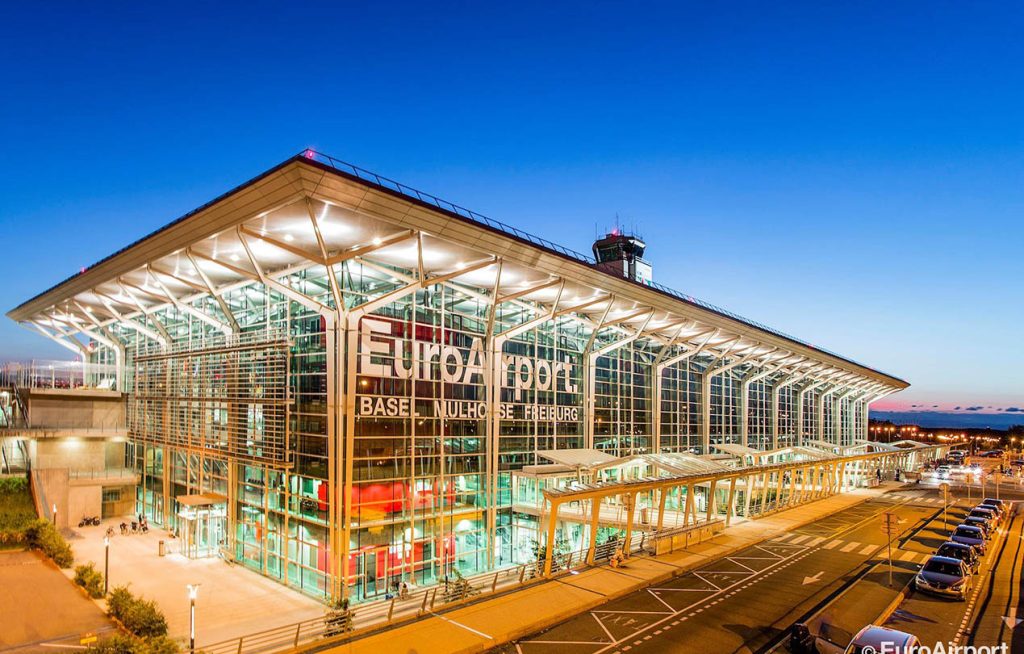
Transportation in Alsace
Once in the region, there are several options for getting around Alsace:
By train: many lines exist. Among the most important are those serving the three largest cities: Colmar, Strasbourg, and Mulhouse. Local trains run every 30 minutes. You’ll find plenty of information on timetables and traffic on the SNCF website;
By bus: Alsace also has an efficient bus network. It allows you to go anywhere in the region. For example, the lines Strasbourg-Colmar and Mulhouse-Strasbourg are serviced by coaches. In addition, there are numerous lines connecting Strasbourg to other cities in the region. Tickets can be purchased at the bus station, from the driver or online;
By car: renting a car is the best way to discover Alsace on your own. You can book a car online or at a rental company’s office in the city. Rates depend on the company and the type of vehicle. Before embarking on the road, don’t forget to check the map to avoid getting lost;
On foot: it’s the ideal way to discover the Alsace vineyards and the various paths. The area is very popular with walkers. To get started, you can buy a hiking map from a tourist office in the region.
Where to Stay in Alsace?
There are many places to stay in Alsace, from luxury hotels to bed and breakfasts. Several sites provide this type of accommodation. It is possible to book your accommodation before your arrival in Alsace. Examples of accommodation types include the Riquewihr Alsace, Les Gîtes du Tilleul, The Chalet Alsace Vosges – At the foot of the Petit Ballon, and the Best Western Hotel le Schoenenbourg.
Where to Eat in Alsace?
Discover the traditional cuisine of Alsace by eating at the famous Winstub. Alsatian food is characterized by its variety of typical dishes. As a result, you can enjoy local specialties such as baeckeoffe, choucroute, bretzel, spaetzle, and Munster cheese. These dishes are to be enjoyed in the company of a white wine such as Riesling or Gewurztraminer.
Alsace, a destination for all seasons, attracts millions of visitors each year. This location offers the richness of a natural heritage, an attractive architectural and cultural heritage, and a historical heritage that marks the passage of time.
